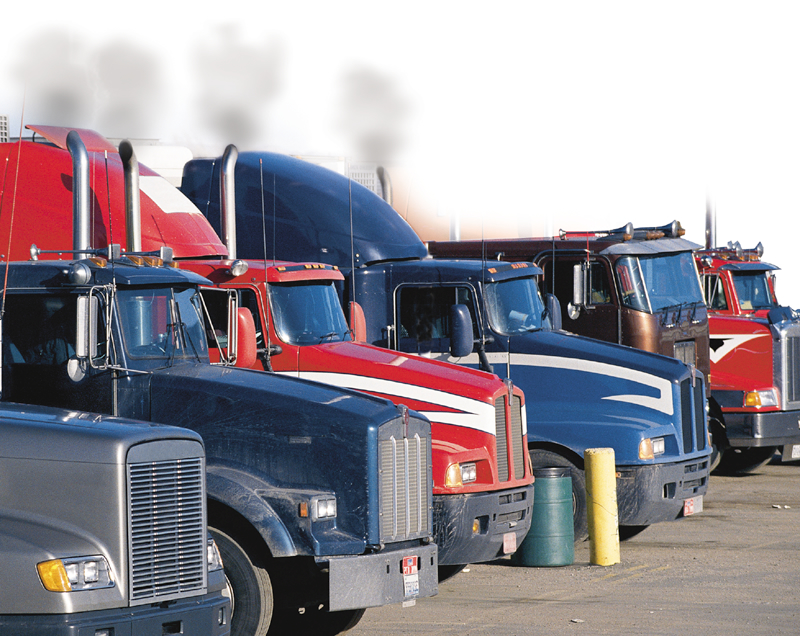SO WHAT DO YOU DO?
Save Money and Reduce Unnecessary Idling! The following are steps you can take to make this happen:
Massively enlighten you drivers on the inherent cost and dangers of idling to the business, the environment and even to themselves! Experts with good training materials can be brought in to further drive home the importance of reducing idling.
Mandate drivers to turn off engine when vehicle is not in motion. (Manufacturer’s recommendation for cool-down; usually 3-5 minutes after full load operation can be set as the maximum benchmark for pre-trip and post-trip operation). Manufacturer’s recommendations for minimum warm-up time – usually 3 to 5 minutes depending on the vehicle can also be adopted.
Use electric engine heaters (such as block heaters) to minimize idling time during warm-up, especially in cold weather.
Install a small generator or auxiliary power unit specifically designed for a truck that provides heat, air conditioning, and/or electrical power while the vehicle is not in motion. These devices are a better, more efficient alternative to idling as they use substantially less fuel and emit less pollution. Depending on the amount of time spent idling each year, the payback on these devices can be one to two years.
When buying new equipment, purchase engines already equipped with devices that minimize idling and warm-up time automatically.
Other Measures that can also be considered
Procuring anti-idling technology
Anti-idling technology is designed to help you to monitor and manage levels of idling in your operation and to prevent drivers from leaving the engine to idle whilst stationary.
Anti-idling technology primarily comes in three variants:
Factory fitted engine cut out systems
Retro-fitted engine cut out systems
Telematics monitoring and cut out system
There are a wide range of options to suit all budgets and requirements and different technology may work better in some sectors more than others. Many systems are modular so the more functionality you choose the more expensive the product is – think carefully about what you need and whether you will use all the functionality and data.
Suffice to state that there is a growing choice of anti-idling technology available and the market place is very competitive, as such, it is important to choose the right solution for you and at the right price. Our recommended key steps you should go through when procuring new technology for your assets are:
Identify the need
Select the right system for your operation
Run trials and implement across fleet
Monitor feedback and improve systems and performance
Previous experience shows that technology is often most successful when supported by driver training (as we had stated above), league tables and incentives.
Reducing your fleet idling time is one way to reduce your fuel usage and costs. A reduction in fuel use can also be achieved through some of the following:
Specifying your vehicles appropriately
Making sure your vehicles are as full as possible – can you fit two drops on the same vehicle?
Reducing the air resistance of your vehicle (aerodynamics)
Monitoring driver behaviour and training them in economic driving techniques
Improve your fleet efficiency, save money and help reduce your emissions: cut out idling!
Copyright @Haulage Report Now: http://haulagereportnow.com/idling-flush-this-habit-out-of-your-system-and-save-your-business-part-two/

